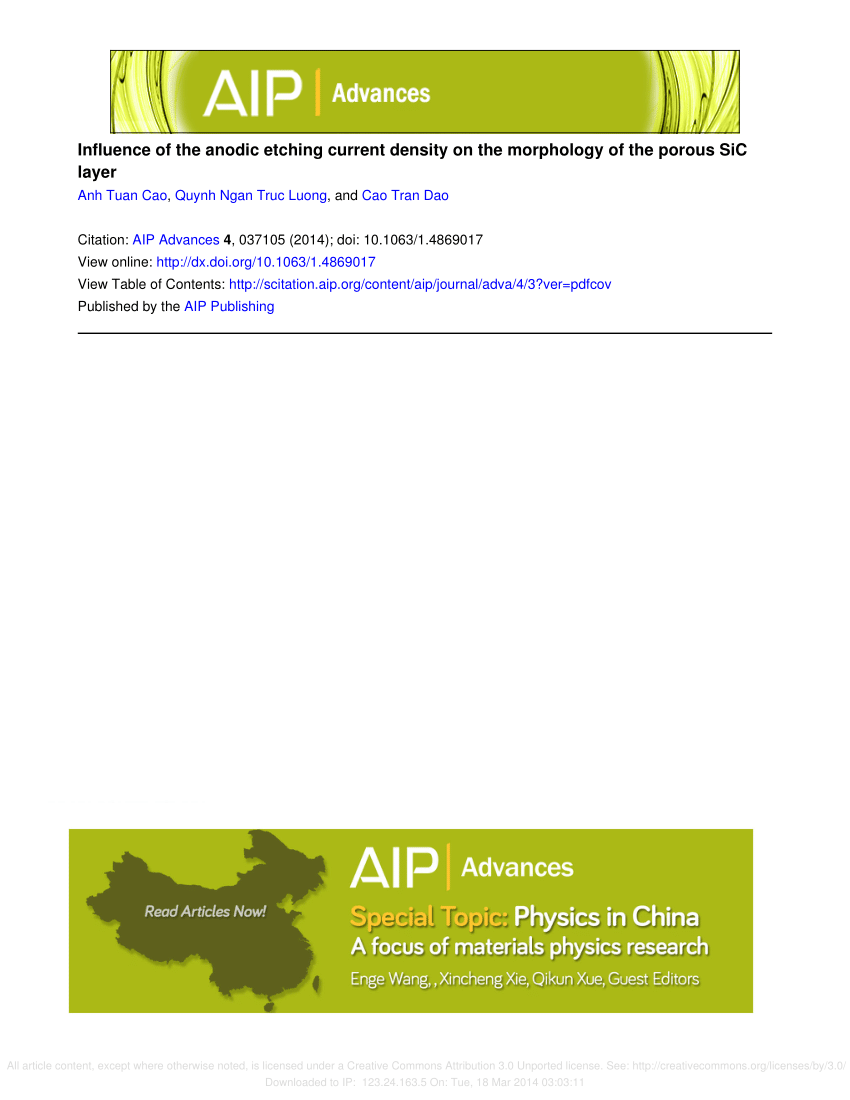The effects of metal oxides doping on the surface stability of In2O3 for CO2 hydrogenation
IF 1.4
4区 物理与天体物理
Q4 MATERIALS SCIENCE, MULTIDISCIPLINARY
引用次数: 0
Abstract
The significance of maintaining the surface stability of the In2O3 catalyst in the conversion of CO2 to methanol through hydrogenation cannot be overstated. To improve surface stability, doping with metal oxides is usually employed. To explore high-efficiency In2O3 based catalysts, density functional theory calculations were utilized to explore the effects of doping CuO, Co2O3, NiO, TiO2, HfO2, Nb2O3, Ta2O5, and CeO2 on the stability of the In2O3(110) surface. It was found that in a CO atmosphere, the crucial step in determining the creation of oxygen vacancies on the In2O3 plane occurred during the desorption of CO2 from the vacancy location. The results indicate that doping CuO, Co2O3, NiO, Nb2O3, Ta2O5, and CeO2 on the In2O3(110) surface promotes the reduction process through the reaction of CO with the O atoms on the surface, resulting in reduced surface stability. Conversely, the doping of Ti and Hf can raise the reaction energy barriers for CO reacting with the O atoms on the surface and enhance CO2 molecule adsorption on vacant sites, thereby suggesting the potential of TiO2 and HfO2 as effective modifiers to improve the efficiency and durability of the In2O3 catalyst. Furthermore, it is crucial to enhance its stability by modifying the density of the electron cloud or Fermi level of the In2O3 catalyst.掺杂金属氧化物对 In2O3 在 CO2 加氢过程中表面稳定性的影响
在通过氢化将二氧化碳转化为甲醇的过程中,保持 In2O3 催化剂表面稳定性的重要性怎么强调都不过分。为了提高表面稳定性,通常会采用掺杂金属氧化物的方法。为了探索基于 In2O3 的高效催化剂,研究人员利用密度泛函理论计算探讨了掺杂 CuO、Co2O3、NiO、TiO2、HfO2、Nb2O3、Ta2O5 和 CeO2 对 In2O3(110) 表面稳定性的影响。研究发现,在一氧化碳气氛中,决定 In2O3 表面产生氧空位的关键步骤发生在 CO2 从空位位置解吸的过程中。结果表明,在 In2O3(110)表面掺杂 CuO、Co2O3、NiO、Nb2O3、Ta2O5 和 CeO2 会通过 CO 与表面的 O 原子反应促进还原过程,导致表面稳定性降低。相反,Ti 和 Hf 的掺杂可以提高 CO 与表面 O 原子反应的反应能垒,增强 CO2 分子在空位上的吸附,从而表明 TiO2 和 HfO2 有可能成为有效的改性剂,提高 In2O3 催化剂的效率和耐用性。此外,通过改变 In2O3 催化剂的电子云密度或费米水平来提高其稳定性也至关重要。
本文章由计算机程序翻译,如有差异,请以英文原文为准。
求助全文
约1分钟内获得全文
求助全文
来源期刊

AIP Advances
NANOSCIENCE & NANOTECHNOLOGY-MATERIALS SCIENCE, MULTIDISCIPLINARY
CiteScore
2.80
自引率
6.20%
发文量
1233
审稿时长
2-4 weeks
期刊介绍:
AIP Advances is an open access journal publishing in all areas of physical sciences—applied, theoretical, and experimental. All published articles are freely available to read, download, and share. The journal prides itself on the belief that all good science is important and relevant. Our inclusive scope and publication standards make it an essential outlet for scientists in the physical sciences.
AIP Advances is a community-based journal, with a fast production cycle. The quick publication process and open-access model allows us to quickly distribute new scientific concepts. Our Editors, assisted by peer review, determine whether a manuscript is technically correct and original. After publication, the readership evaluates whether a manuscript is timely, relevant, or significant.
 求助内容:
求助内容: 应助结果提醒方式:
应助结果提醒方式:


